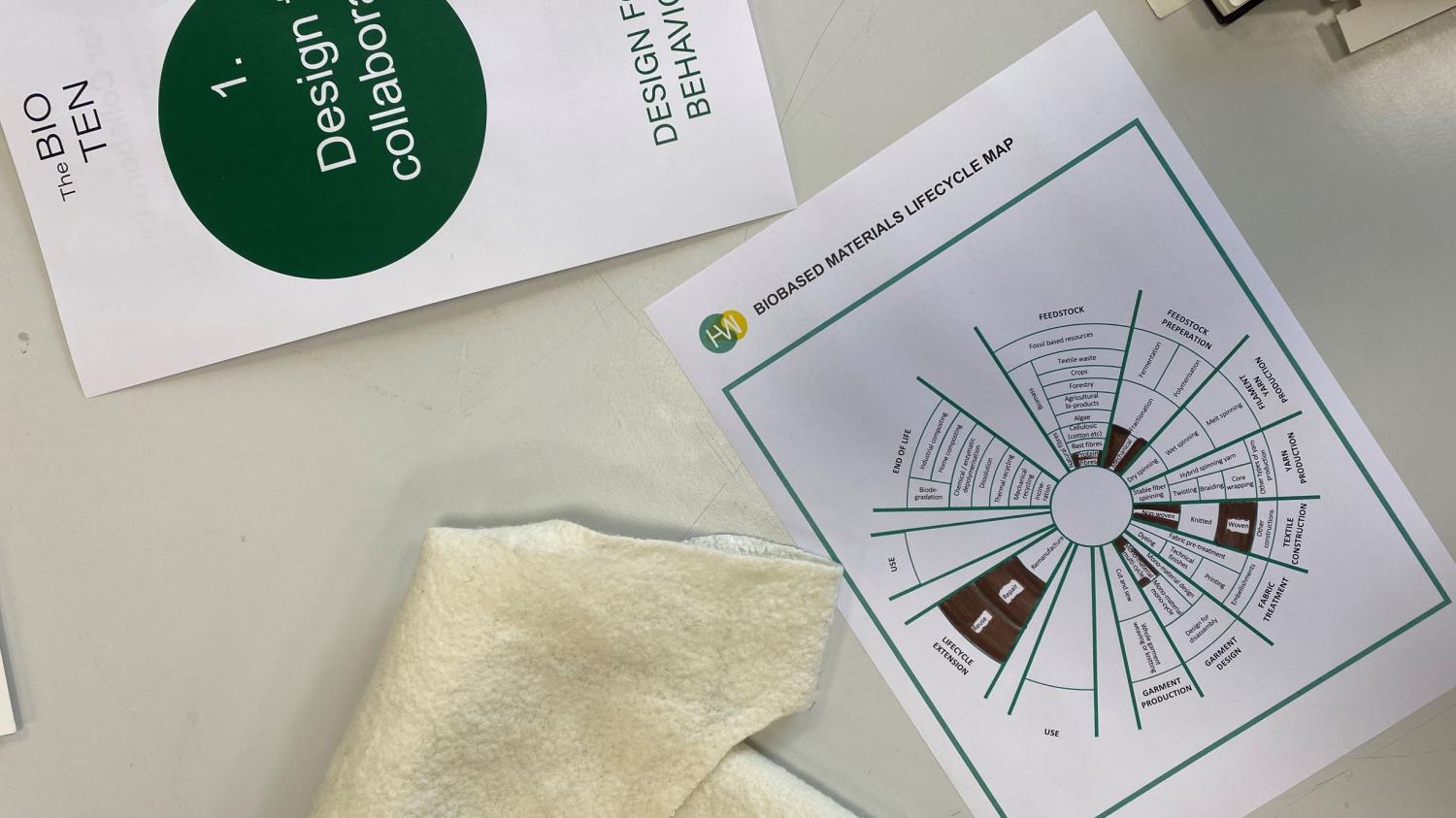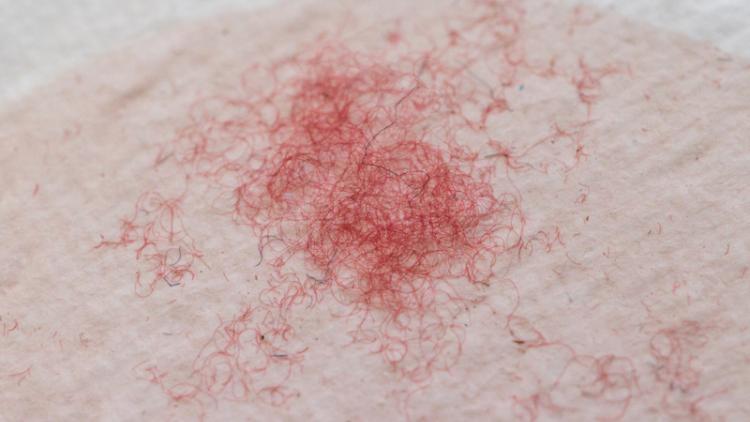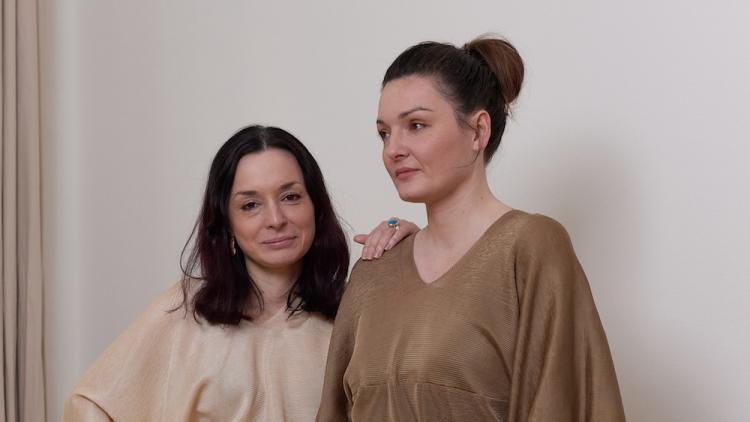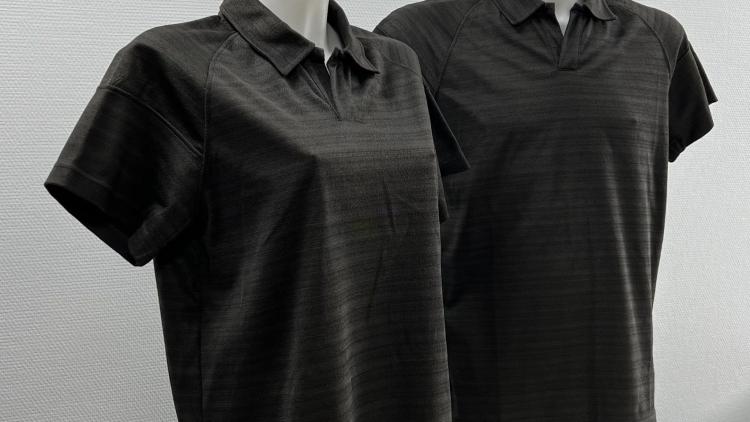Life Cycle Assessment
To understand the effects of a shift to biobased, circular and local practices in fashion and textiles, tools such as life cycle assessment can provide references concerning the environmental impact of design decisions and new technologies.
Life cycle assessment (LCA) is a methodology which is designed to quantify how decisions on the materials, processes, transport and use of a product or service affect its environmental performance. It is important to be able to quantify the impacts of products and services along their life cycle to understand where and how we can do better. Holistic assessments also help to avoid shifting the burden.
In this section you can find out about the approach taken to LCA in HEREWEAR and learn about the results of the assessments carried out on the biobased, circular, local prototypes.
What is a life cycle assessment?
Life cycle assessment is a methodology which considers the flows of energy and materials from the extraction of materials all the way to disposal or revalorisation of a product (cradle-to-grave or cradle-to-cradle). It uses characterisation methods to ‘translate’ these flows into environmental pressures expressed in impact categories such as climate change, acidification, eutrophication, toxicity on humans and ecosystems, and resource depletion for water, land and non-renewable resources.
In this way, LCA provides an overview of the environmental performance of the studied product and enables the identification of environmental hotspots in the product life cycle. This information can be useful in decision making, such as in prioritising measures for improved environmental performance.
Why do we need life cycle assessment?
LCA provides reliable data guiding good design decisions based on multiple factors (material choice, construction processes and use). It is important to base sustainable design decisions on these impact measurements to avoid impact displacement or ‘false common sense’. It can also be very useful to validate product improvements in this way and really understand how specific actions can reduce impacts.
How was life cycle assessment used in HEREWEAR?
Often LCA is used as a summative tool which accounts for the impact of a product after all the decisions are made and it is too late to change the product in light of the assessment. In the HEREWEAR project a great effort was put into connecting the design activities with the ongoing LCA work to carry through interim insights and general LCA knowledge into the design process (active ecodesign approach). Tools like the Material Lifecycle Map were used to support discussion between design researchers and LCA experts.
Download the full report at the top of this page to find out more about how the HEREWEAR garment prototypes performed in the Life Cycle Assessment, social-LCA and Life Cycle Costing.
Good to know!
- LCA is generally a comparison between an existing product or service and an improved version, it is therefore important to identify an appropriate baseline.
- The allocation of impacts across the supply chain is an important part of LCA which can affect how the results are understood.
- Studies for innovative materials that are only available on lab scale or pilot scale are based on data collected from processes that are not optimised and scaled up. This has to be taken into consideration and addressed, for example using prospective LCA.
Some key learnings from our research
- It can be challenging to carry out an LCA on materials which are innovative and not fully scaled yet as the efficiency of their production processes must be speculated.
- Using ‘life cycle thinking’ throughout the design decision process can support the implementation of valid measures.
- Intermediate results can be used internally to develop processes and materials with a higher degree of freedom. Whereas certification and product labeling requires formal procedures such as third-party validation or verification.








